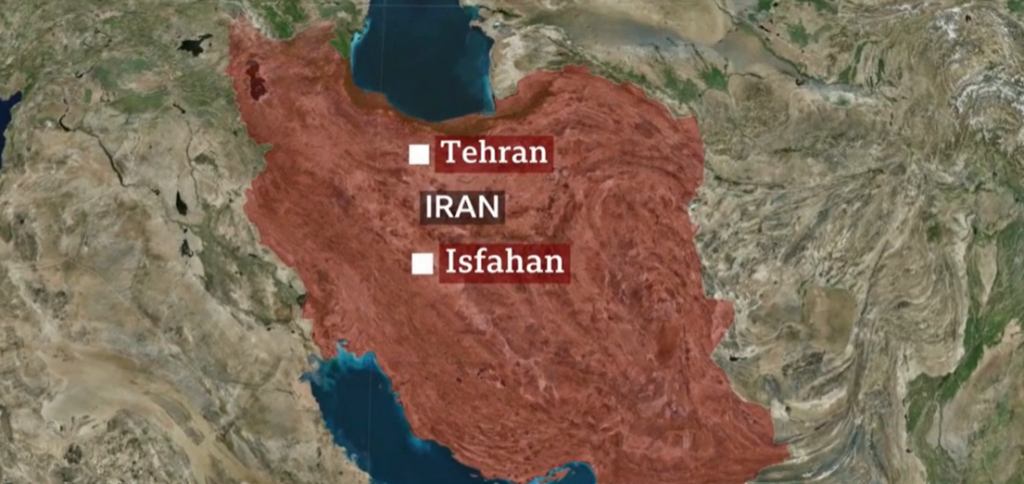Israel attacks Iran, drones reported over Isfahan.
Others are reading now
Israel has launched an attack on Iran, targeting areas in the central city of Isfahan. This development comes after Iran’s recent drone attack on Israel, which itself was a retaliation for a suspected Israeli strike on its embassy compound in Syria.
Details of the Attack
According to Iranian state media, early on Friday, Iranian air defenses were activated to destroy three drones observed over the city of Isfahan, located in central Iran.
Although initial reports suggested explosions near an army base, an Iranian official confirmed to Reuters that these were due to the air defense systems engaging the drones, and not a missile attack. The situation in Isfahan reportedly returned to normal shortly after, with no ground explosions occurring.
The Israeli military has not provided comments on the incident.
Also read
Background and Responses
This attack comes as a response to Iran’s recent drone and missile assault, which was itself a reprisal for a suspected Israeli strike on its embassy in Syria. Despite the scale of Iran’s attack, most drones and missiles were intercepted before reaching Israeli territory.
The incident raises concerns among analysts about the potential for the Israel-Gaza conflict to escalate and affect the wider region.
Prior to the attack, Iranian President Ebrahim Raisi had issued a warning to Israel of a “severe response” to any assaults on Iranian soil.
Amidst these tensions, Iran appealed to the United Nations Security Council, urging that Israel be restrained from further military actions. This plea came as the UN secretary-general highlighted the extreme dangers currently facing the Middle East.
International and Economic Impact
The incident has had immediate effects on global markets. Asian shares and bond yields fell, while safe-haven assets like gold and crude oil saw prices increase. Brent crude futures rose by 2%.
State media reassured that Iran’s nuclear facilities, including the Natanz site—central to Iran’s uranium enrichment program and located in Isfahan province—remained undamaged.
In response to the threat, major airports in Tehran, Shiraz, and Isfahan were closed, with a temporary clearance of flights from the western half of Iran. Notable flight adjustments included diversions and returns of several international flights heading to Tehran.

